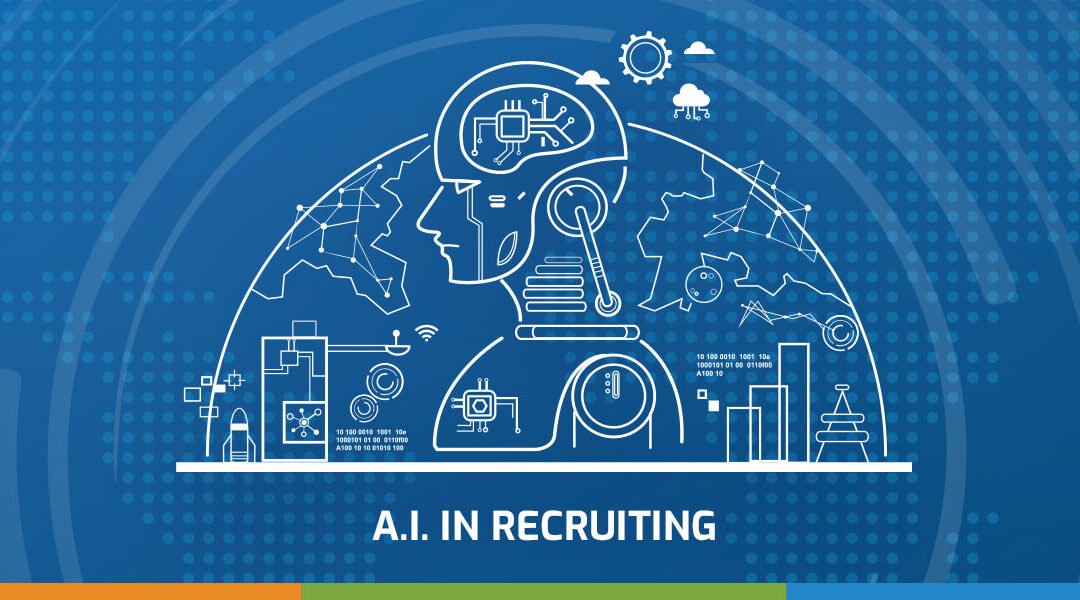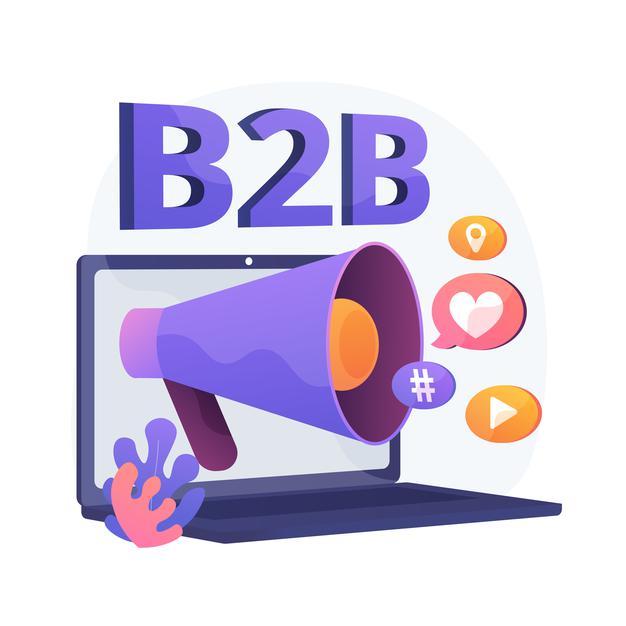
What is RPO? 4 changes need to look after in 2023
As a workforce solution, recruitment process outsourcing (RPO) allows a company to outsource all or a portion of its permanent hiring to a third party. With outsourced recruiters often stationed on-site and integrated into the HR or people function of the company, an RPO provider manages permanent recruiting within a corporation. A talent acquisition team, the newest hiring technology, and adaptable hiring procedures are all implemented by an effective RPO program within an organization.
Outsourcing the hiring process is a solution with great potential. This has been supported by the recent expansion of the RPO market. RPO has a certain buzz about it, like with many novel concepts, but there are also some obvious advantages for companies who include it into their workforce planning efforts.
Managing workforce ecosystems
While HR has traditionally focused on permanent employees, other types of workers, like contractors, gig workers, and employees working for supply chain partners, play an increasingly important role in the company’s service delivery.
In the United States alone, 16% of Americans have earned money through gig platforms. According to ADP, in about 40% of companies, one in four workers is a gig worker. This means that a large part of the total workforce goes unmanaged, and HR is missing out on an opportunity to make an impact.
We believe that 2023 is the year when HR will begin to manage the complex workforce ecosystem beyond permanent employees. This has three implications.
In the beginning, HR would actively participate in managing its contingent staff. Contractors, gig workers, and outside contributors will be integrated into the HR value chain. This is essential from both a value generation and a risk management perspective. Even top businesses like Google struggle to effectively manage the two-tiered workforce that is created by HR’s current, frequently hands-off, approach to temporary workers.
Second, by enhancing the value of external contributors, HR can help the platform economy of today’s labor ecosystem by integrating a more diverse workforce.
Third, HR should communicate best practices to suppliers, service providers, and partners in the supply chain.
The (post-)pandemic age has demonstrated the value chains’ significance from both a production and a reputational standpoint. Although it’s possible that HR doesn’t influence partnership choices, it does have a special chance to improve best people practices across the supply chain.
The development of expert communities, mentorship programs for seasoned HR professionals, and job rotation throughout the supply chain are a few examples of projects that we anticipate seeing more of in 2023. Even when it comes to partners, business is not a zero-sum game. HR can significantly increase value in this area by leveraging worker ecosystems.
Redefining remote and hybrid work strategies
Throughout the epidemic, work has altered. The epidemic has accelerated digital transformation in firms by three to four years, according to McKinsey. And employees have adjusted in line with it. For instance, data from LinkedIn reveals that more than 50% of all job applications were submitted for remote positions, which account for just 20% of all jobs listed there.
This demonstrates how firms would suffer a competitive disadvantage if they oppose some level of flexible working. Not all businesses are aware of this, so they continue to use out-of-date tactics that once made sense. For instance, 95% of CEOs think that keeping staff in the workplace is necessary to preserve business culture.
Research published in Nature Human Behavior also revealed that, compared to pre-pandemic levels, Microsoft employees’ remote cooperation decreased by 25% and grew more isolated.
In spite of this, 64% of workers said they would think about leaving if they were required to work in the office full-time. The practice of hybrid working has permeated contemporary workplace culture, and we think that organizations like Goldman Sachs and visionaries like Elon Musk are losing the war.
Modernized policies and transparent communication are desired by the workforce. We anticipate that by 2023, HR professionals will have established clear guidelines for when, when, and how work is performed. As firms explore various workplace tactics, they will enable internal discussions about this issue and encourage their company to make decisions, even if they are just temporary.
Additionally, HR professionals will educate themselves and management on combating proximity bias, which is an ingrained propensity to prefer local employees over distant workers. Establishing objective performance indicators, promotion standards, and pay raise standards will be their main focus.
HR will then reimagine what an office does next. Planning and use of the workplace will be impacted by clear working policies. Better-designed offices, adaptable areas to prevent possible home loneliness and workspace allowances to update home amenities will result from this.
Last but not least, HR will experiment with remote work and become more hybrid. When it comes to facilitating improved outcomes with remote working, HR has a key role to play, and we anticipate seeing a lot more of this in 2023.
The rise of algorithmic HR
Our next HR trend is already underway, although very few people are aware of it. Most businesses will begin managing staff using robots around 2023.
By 2024, 80% of the world’s 2,000 largest corporations will employ algorithmic managers for the recruiting, firing, and training of employees. The gig economy already has this happening. Additionally, 40% of HR departments in multinational businesses use AI technologies, which expand the applicant pool, speed up recruiting, and boost engagement and retention.
Fairness, communication, and inclusion are further complicated by this. For instance, there have been instances where algorithmic managers arbitrarily selected which contractors would lose their employment and fired individuals for uncontrollable reasons.
Algorithmic management will need to be handled by HR to provide a just, open, and effective procedure. HR has a fantastic chance to take advantage of: establishing both figuratively and literally speaking structural equality. This entails keeping the system from picking up on current biases that are present in prior HR data.
Algorithmic managers will be able to digest a lot of data, speak effectively, and support managers and HR in making better-informed decisions. Moreover, they could add a level of transparency and procedural justice that is much harder for humans to provide.
The management can use these algorithms as a sounding board and as a supplement. When making complicated judgments, they will have access to a lot more information than managers now do.
HR professionals will play a crucial role in ensuring that in the future, HR technology will support diversity and inclusion.
Reshaping workplace learning
Additionally, HR will update staff development plans in 2023 and integrate learning into regular tasks.
Lack of professional growth and progress is the main cause of leaving a job amid the Great Resignation and the Great Reshuffle, according to a McKinsey analysis. Additionally, just 40% of employees feel their firm is upskilling, despite the fact that 87% of organizations are aware of or will experience a skills gap in the upcoming years.
One of the most important ways for HR to impact their business is by bridging the skill gap. But to achieve this properly, initiative and a creative reinterpretation of traditional teaching methods are needed.
More strategic learning, or the development of skills in line with the competencies a business needs to remain successful, will be the focus in 2023. This can comprise both soft skills, such as communication, time management, and analytical and critical thinking abilities, as well as hard skills, which are more technical.
The usual training approaches need to be reinvented in order to incorporate learning things into the flow of work. More microlearning, micro mentoring, performance coaching, and learning while working will be seen.
We anticipate that HR will make investments in more individualized workplace learning that is related to what employees are interested in learning and the learning styles they like as part of this trend. HR will be able to guarantee that workers are participating in appropriate learning in this way. In order to do this, HR will need to update a number of outdated learning practices and replace them with more modern strategies.
Conclusion
For Recruitment, 2023 will be a year of tremendous potential. But there are a lot of obstacles to go beyond.
Recruiters must first put their own needs first and keep strengthening their resilience. This will put recruiters in a better position to improve employee welfare and assist firms in preparing for new challenges.
The firms must embrace a broader viewpoint and recognize that recruiting trends affect the entire company, not just one department. They need to think about how recruiters can be a crucial part of managing organizational transformation. To effectively manage the changes in the workplace, business executives and recruiters must work closely and keenly together.
It’s time for RPOs to stand up, seize the possibilities that 2023 will offer, and redefine the value proposition of the function as a business leader and creator of competitive people skills.




